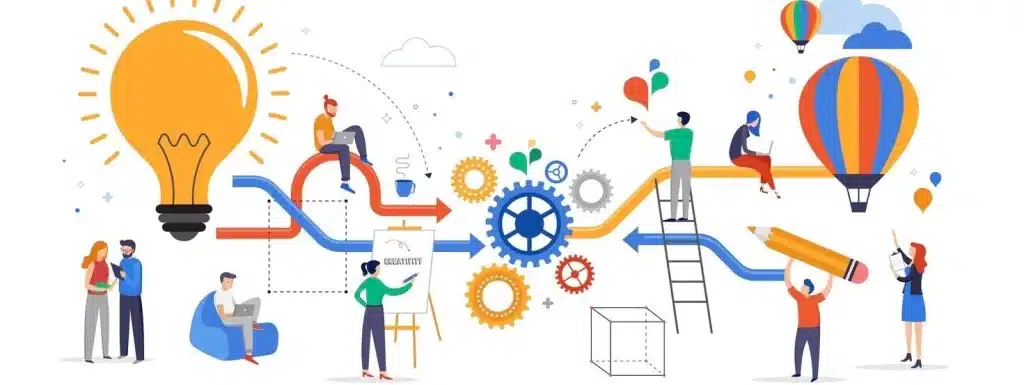
Introduction
As a solar installer, you probably use multiple apps or programs in your day-to-day work and know that time is money. Getting a Solargraf account linked to any other applications you use will be a huge time saver for you, your project managers, system designers, and sales teams.
One of the most frequently requested features has allowed users to import their sales leads from another CRM, such as Salesforce or Zoho, directly into Solargraf’s software platform. This integration now allows you to import fields such as the homeowner’s contact information, monthly electric bill, appointment time, and additional comments into the design software so you can get straight to creating a new project faster.
You can also use the APIs to export project data from Solargraf to any other application, such as the project name/ID, contact details, system size, array details, production details, project price (system cost, price per watt, extra costs, discounts), and materials used (panels, inverters, add-ons). If you need clarification about where to start the API integration or want to identify your first use cases for integration, read on.
Mapping business process to APIs
The table below lists all the activities in a solar sales cycle. Furthermore, it highlights information movement between different software/applications across departments and the APIs that will help automate these information movements.
# |
Activities in a typical sales cycle |
Primary owner |
Secondary owner |
Direction of info flow |
Information moved |
API needed |
1 |
Collecting lead (HO) information |
Sales |
- |
From notepad to CRM |
Physical notes |
|
2 |
Lead qualification |
Sales |
- |
From CRM to SG |
Lead information |
Create lead |
3 |
Site survey |
Ops |
Sales |
From SG to CRM |
Site survey details |
Retrieve site assessment data |
4 |
System design |
Design |
- |
1. From CRM to SG |
1. Project & Tariff info |
1. List tariffs, Create project |
5 |
Modification to system design 1 |
Design |
Sales |
From CRM to SG |
HO feedback |
Update project |
6 |
Modification to system design 2 |
Design |
Sales |
- |
- |
- |
7 |
Modification to system design 3 |
Design |
Sales |
- |
- |
- |
8 |
Final proposal |
Design |
Sales |
From SG to CRM |
Proposal |
Retrieve project; proposal sent Webhook |
9 |
Choosing loan or PPA partners |
Sales |
Ops |
From SG to CRM |
Financing options |
List financial options |
10 |
Negotiation & Closure |
Sales |
- |
From SG to CRM |
Update on proposal signing |
Proposal signed webhook |
11 |
Order materials |
Ops |
- |
From SG to CRM/ERP |
Material details |
Retrieve materials |
If your requirements are unmet in the above table, please refer to the API flowchart, which will help map your remaining requirements. Find more information on payload and data structures in the Solargraf API documentation center.
Conclusion
Each organization’s requirement is unique to its business. We have a foundational article to help you get started with best practices. A few APIs have been included for day-to-day organization functions such as user management and utility. These APIs and the mapping to business processes can be found in the API flowchart. Some organizations will have an internal development team, and some will hire consultants for API integration. Embracing APIs will unlock productivity and save time, independent of your organization’s route.


 United States
United States Germany/Austria
Germany/Austria Brazil
Brazil Netherlands
Netherlands